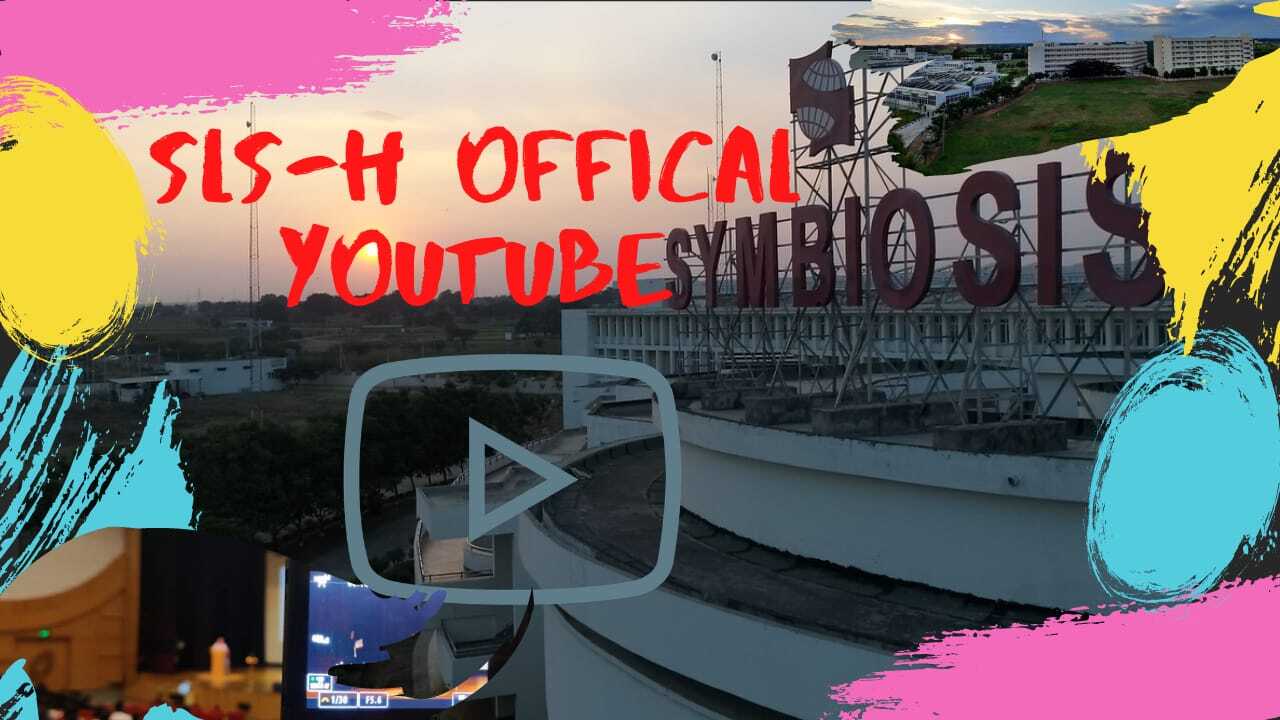MAJORITARIANISM AND DISSENT: THE SEDITION LAW DEBATE
Harinie. S
B.A. LL.B, Batch 2018-23
This article is an attempt to analyze the sedition laws of India. The recent arrests of Disha
Ravi and Munawar Faruqi have raised serious questions regarding the law. This article
examines a few judgements to see how the law has been interpreted. It also analyses the root
of the problem, i.e., unreasonable arrests. The article also gives suggestions on keeping such
arrests under control and drawing a line between expressing dissent and inciting violence.
“The law of sedition is a powerful tool in the hands of the state to maintain peace and order
in the society. However, it cannot be invoked to quieten the disquiet under the pretence of
muzzling the miscreants” read the Delhi High Court order while granting bail to Disha Ravi
in the infamous toolkit case. The age-old debate of sedition emerges from Sec.124A, a part of
IPC that Lord Macaulay drafted in 1870 to mainly suppress the dissent of freedom fighters.
Freedom fighters like Lokmanya Tilak were arrested under this law. Despite introducing such
laws in its colonies, the United Kingdom has repealed the draconian law in its country,
acknowledging that sedition was a product of the colonial era.
Sedition under Sec.124A has been defined as “words, either spoken or written, or by signs,
or by visible representation, or otherwise, brings or attempts to bring into hatred or
contempt, or excites or attempts to excite disaffection towards the Government”. Along with
the definition this section also gives an exception wherein expressing disapprobation of
measures or administrative action without exciting or attempting to excite hatred or contempt
will not amount to sedition. How often is this noticed, and what differentiates dissent and
causing disharmony?
The constitutionality of the sedition law has been challenged numerous times in the Supreme
Court. In Kedar Nath Singh v. the State of Bihar, the Supreme court upheld the validity of
Sec.124A. However, the court emphasized that dissent is not sedition, thereby calling for
differentiating expression of dissent and causing disharmony. This line is, however, drawn by
the state without clarifying what ‘public disorder’ means. The problem with the sedition law
in India is that there are no proper judicial or statutory guidelines to determine what is dissent
and what is not according to the law. This is being misused by every government since the
inception of the law. Data clearly shows that the ratio between the number of arrests and
convictions is very poor. The conviction rate is barely 3% out of the total number of arrests
made on charges of sedition every year.
Sedition is highly misused, and this is very clear from the absurd arrests being made based on
highly questionable facts. In 2019, a man in Chhattisgarh was arrested for sedition for posting
about power cuts on social media. The arrest was justified on the basis that the information
was fake and was targeted at tarnishing the image of the then State Government. The sedition
law is being criticized because such arrests are not one out of a hundred but form the majority
chunk of total arrests. The Supreme Court time and again has emphasized that criticizing the
government or its policies is not sedition. In Balwant Singh v. the State of Punjab, the court
held that certain slogans (which are considered seditious even today) could not amount to
sedition as violence was not evoked. Law Commissions have also expressed their dissent
against the law. In a recent case, the Bombay High Court has also expressed its dissent
towards Sec.124A and suggested that workshops be conducted to educate police officers on
this subject. Despite so much criticism, nothing has been done to amend the law.
Majoritarianism has become the law of the day, let alone consideration of minority opinion,
expression of opinion by even the majority has led to arrests. Reforms have to be brought to
the law. Sec.124A should be a non-cognizable offence to prevent unnecessary and illegal
arrests based on strange facts. Police officers should be given sufficient training on the
subject. These steps will change the scenario as the problem with the law lies in arrest and not
a trial.
“May we never confuse honest dissent with disloyal subversion.“
– Dwight D. Eisenhower
REFERENCES
- Akhileshwari Reddy, Sedition: Anti-National abuse, DOWNTOEARTH(March 31, 2019)
https://www.downtoearth.org.in/blog/india/sedition-anti-national-abuse-63766 - Balwant Singh v. the State of Punjab, (1995) 1 SCR 411
- Kedar Nath Singh v. the State of Bihar, 1962 AIR 955.
- Manjunath Kakkalameli, All dissents are not disaffection, all disaffections are not always
dissents, THEDAILYGAUDIAN (November 3, 2020) https://thedailyguardian.com/law-of-
sedition-all-dissents-are-not-disaffection-all-disaffections-are-not-always-
dissents/#:~:text=Section%20124%20A%20of%20IPC,be%20punished%20with%20impri
sonment%20which - Rahul Tripathi, Arrest under sedition charges rise but conviction falls to 3%, THE
ECONOMIC TIMES (February 17, 2021) https://economictimes.indiatimes.com/news/politics-
and-nation/arrests-under-sedition-charges-rise-but-conviction-falls-to-
3/articleshow/81028501.cms
- Sedition Law Must Not be Invoked for Critical Social Media Posts: Chhattisgarh CM
Baghel, THE WIRE (June 16, 2019) https://thewire.in/law/justice-deepak-gupta-supreme-
court-sedition - State vs Swaroop Ram, Bail Application no. 364/2021

